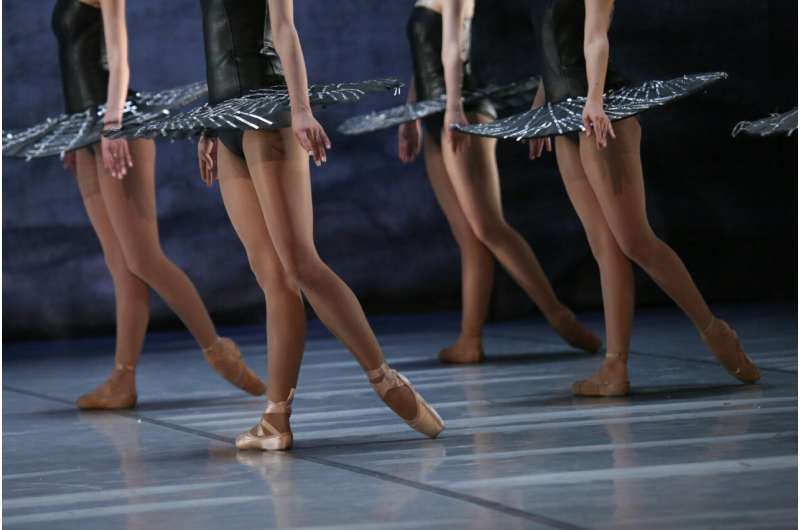From pirouettes to pressure: Ballet's perfectionism problem exposed

Gaby Clark
scientific editor

Robert Egan
associate editor

In the world of professional ballet, every movement is scrutinized, every line of the body judged. For many dancers, the pursuit of perfection is not just a goal, it's also a survival strategy. But what happens when that pursuit becomes a trap?
A new study, in the Academy of Management Journal and led by Professor Rachael Goodwin, a management scholar with a background in dance, dives deep into the psychological toll of perfectionism in elite ballet companies.
Drawing on interviews with 61 dancers from 24 companies, the research uncovers a powerful, often painful cycle: how the relentless pressure to perform can push dancers into self-destructive patterns and how subtle acts of kindness and support can pull them back.
"Perfectionism can be a double-edged sword," says Goodwin. "It drives dancers to achieve incredible things, but it can also lead to burnout, anxiety, and even physical harm."
The study identifies two types of perfectionism: maladaptive, which is driven by fear, shame, and self-criticism, and adaptive, which is rooted in healthy striving and self-compassion. What determines which path a dancer takes? According to the research, it's not just personality, it's also the environment.
In high-pressure ballet companies, dancers often face what the study calls dehumanizing cues: being treated like replaceable parts, discouraged from showing emotion, or punished for making mistakes. These cues feed a cycle of maladaptive perfectionism, where dancers push themselves to dangerous extremes, which include skipping meals, dancing through injuries, or obsessing over minor flaws.
One dancer described it as "being torn down as a training tool," while another said, "You're not even human to me unless you're doing what I want."
But the study also found hope. When dancers experienced rehumanizing cues, which is a mentor's encouragement, a friend's empathy, or simply being allowed to rest, they began to shift. They still pursued excellence, but with a healthier mindset. They set personal goals, practiced self-care, and supported one another.
"Rehumanization doesn't mean lowering standards," says Goodwin. "It means recognizing that dancers are people first. And when they feel seen and supported, they actually perform better."
The research also reveals that dancers often cycle between these two states throughout their careers. Some reach a breaking point before they can change. Others learn to recognize the signs and shift before they spiral.
While the study focuses on ballet, its implications stretch far beyond the stage. From medicine to finance to tech, many high-pressure professions reward perfectionism, and risk the same psychological costs.
Professor Goodwin hopes the findings will inspire leaders to rethink how they motivate excellence. "We can still demand greatness," she says, "but we don't have to sacrifice humanity to get there."
More information: Goodwin, R. D. et al. Under Pressure to Be Perfect: How Dehumanizing and Rehumanizing Social Cues Lead to Maladaptive and Adaptive Perfectionism in Professional Ballet, Academy of Management Journal (2025).
Journal information: Academy of Management Journal
Provided by Syracuse University


















